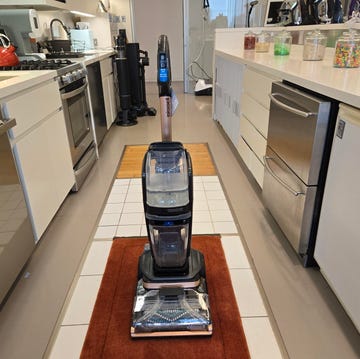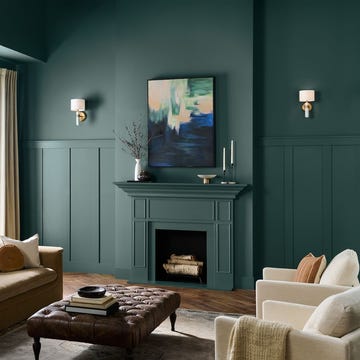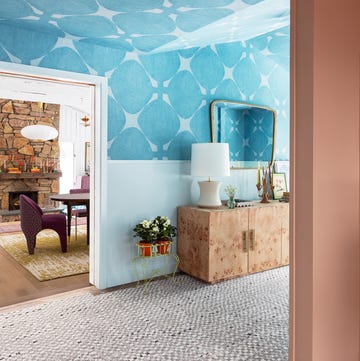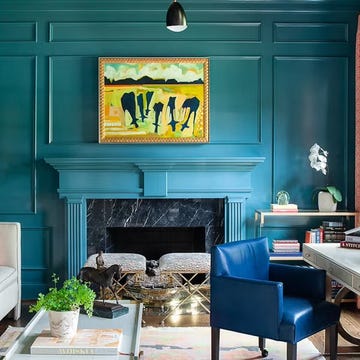Embrace Bold Colors and Patterns in Your Home With Tips From Maximalist Icon Dorothy Draper
As the legendary former Good Housekeeping design director said, “Always put in one controversial item. It makes people talk.”

We've been independently researching and testing products for over 120 years. If you buy through our links, we may earn a commission. Learn more about our review process.
What is it about color that makes us so happy? Perhaps the feeling is awakened the moment we first appreciate the robin’s egg blue of the sky or the sunshine yellow of spring’s first daffodils. Pioneering interior decorators, Dorothy Draper, who served as Good Housekeeping's design director in the '40s, and Carleton Varney of Dorothy Draper & Co. spent 100 years decorating spaces with bright colors and bold designs because they believed our surroundings could impact our mood—lifting us into a space of hope and possibility regardless of our circumstances.
Now led by Mr. Varney’s sons, Sebastian and Nicholas Varney, and design director, Rudy Saunders, Dorothy Draper & Co. is still painting the world in color and joy, teaching us to live boldly. When asked what it means to be a part of such an iconic company, Saunders said, “For the last century, Dorothy Draper & Co. has had an immensely talented team of artisans, creatives and doers inventing memorable spaces. Each day, we are inspired by Mrs. Draper and Mr. Varney, working to continue their legacy of making the world a happier, more colorful place.”
Personally, I've been so influenced by the iconic designer that I wrote a book about her! The Grand Design: A Novel of Dorothy Draper is based on Draper's real life, from her scandalous divorce to one of her most famous design projects at The Greenbrier hotel. Read on for decorating tips and lessons I've gleaned from her life and work. Not only are they a treat for maximalist design lovers — they'll inspire you to lean in to the truest, most colorful you this spring.

Joy Callaway is the international bestselling author of The Grand Design: A Novel of Dorothy Draper, Sing Me Home to Carolina, The Star of Camp Greene, What The Mountains Remember, All The Pretty Places, Secret Sisters, and The Fifth Avenue Artists Society. She holds an M.M.C in mass communication from the University of South Carolina and a B.A. in Public Relations from Marshall University. She lives in Charlotte, North Carolina with her family.


Nostalgia Decor: 2025's Most Comforting Home Trend

The Best Carpet Cleaners

A Look at Behr's 2026 Color of the Year

9 Designer-Approved Paint Color Combos

















